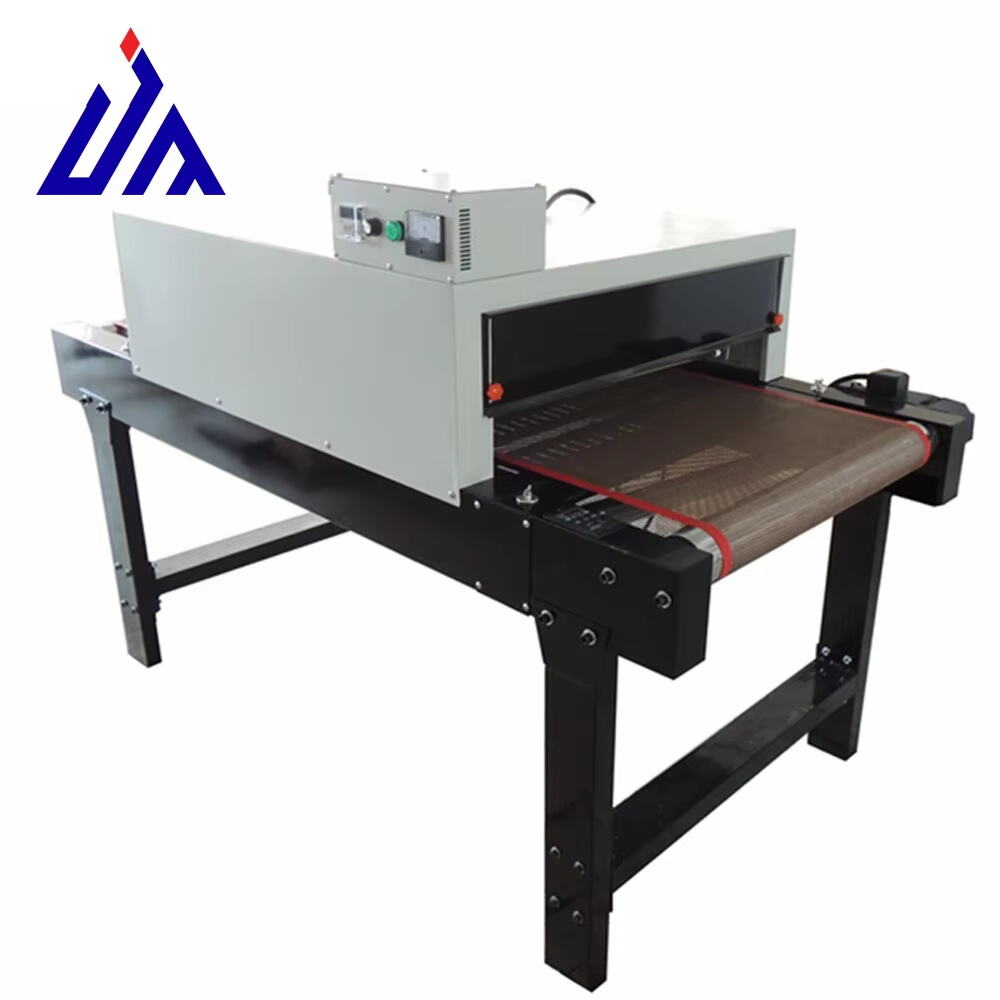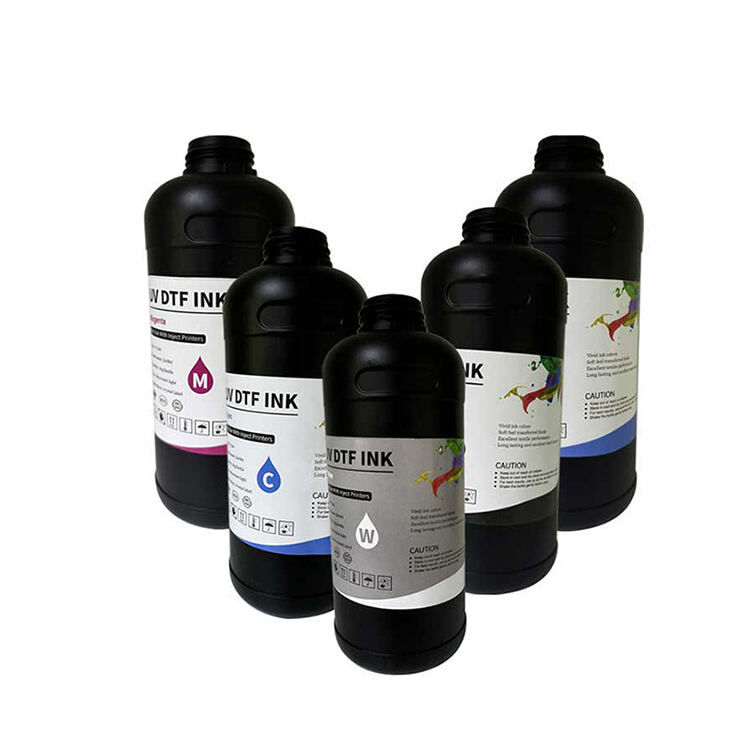exposure unit with vacuum
An exposure unit with vacuum is a sophisticated piece of equipment essential in the screen printing and PCB manufacturing industries. This advanced system combines precise light exposure with vacuum technology to ensure optimal contact between the artwork and the substrate during the exposure process. The unit consists of a specialized chamber equipped with high-intensity UV lights, a transparent glass surface, and a vacuum system that creates an airtight seal. The vacuum component eliminates air gaps between the film positive and the emulsion-coated screen or photoresist, resulting in sharper image reproduction and finer detail resolution. The technology employs carefully calibrated exposure times and uniform light distribution to achieve consistent results across the entire surface area. Modern exposure units with vacuum often feature digital controls for precise timing, multiple light sources for even exposure, and advanced vacuum systems that maintain consistent pressure throughout the process. These units are available in various sizes to accommodate different production needs, from small format designs to industrial-scale operations. The integration of vacuum technology significantly reduces the occurrence of common issues such as undercutting and light scatter, which can compromise image quality in traditional exposure methods.


